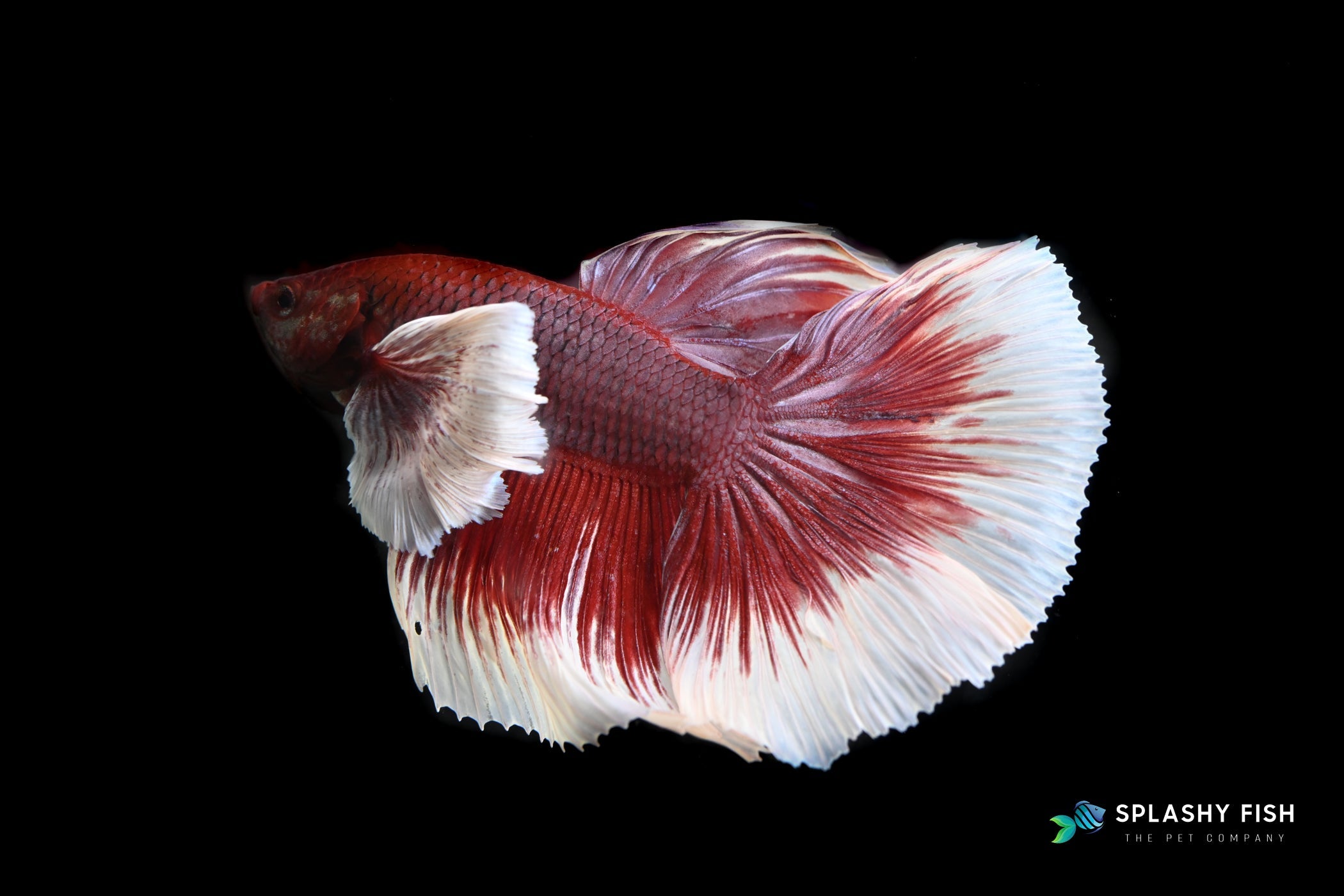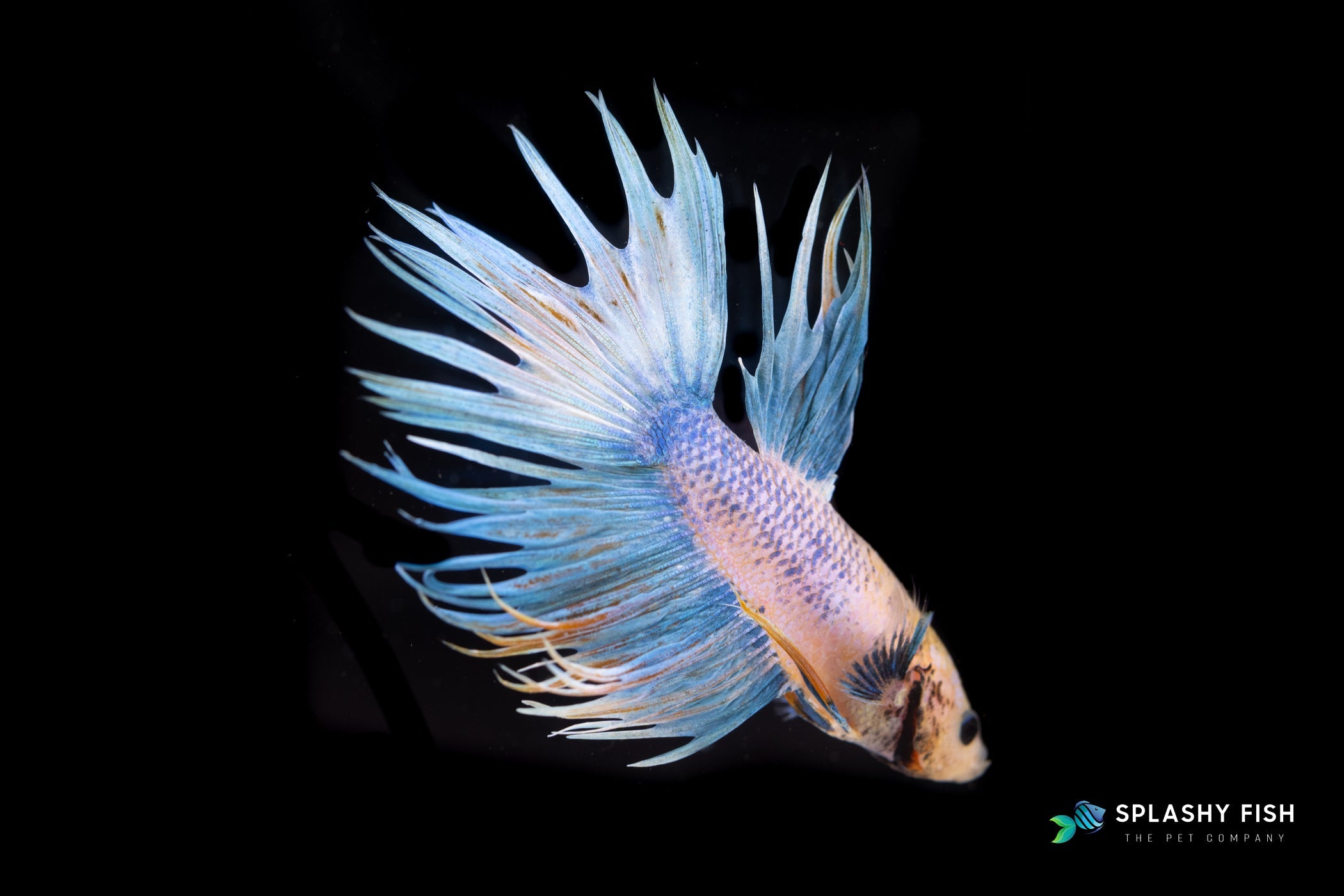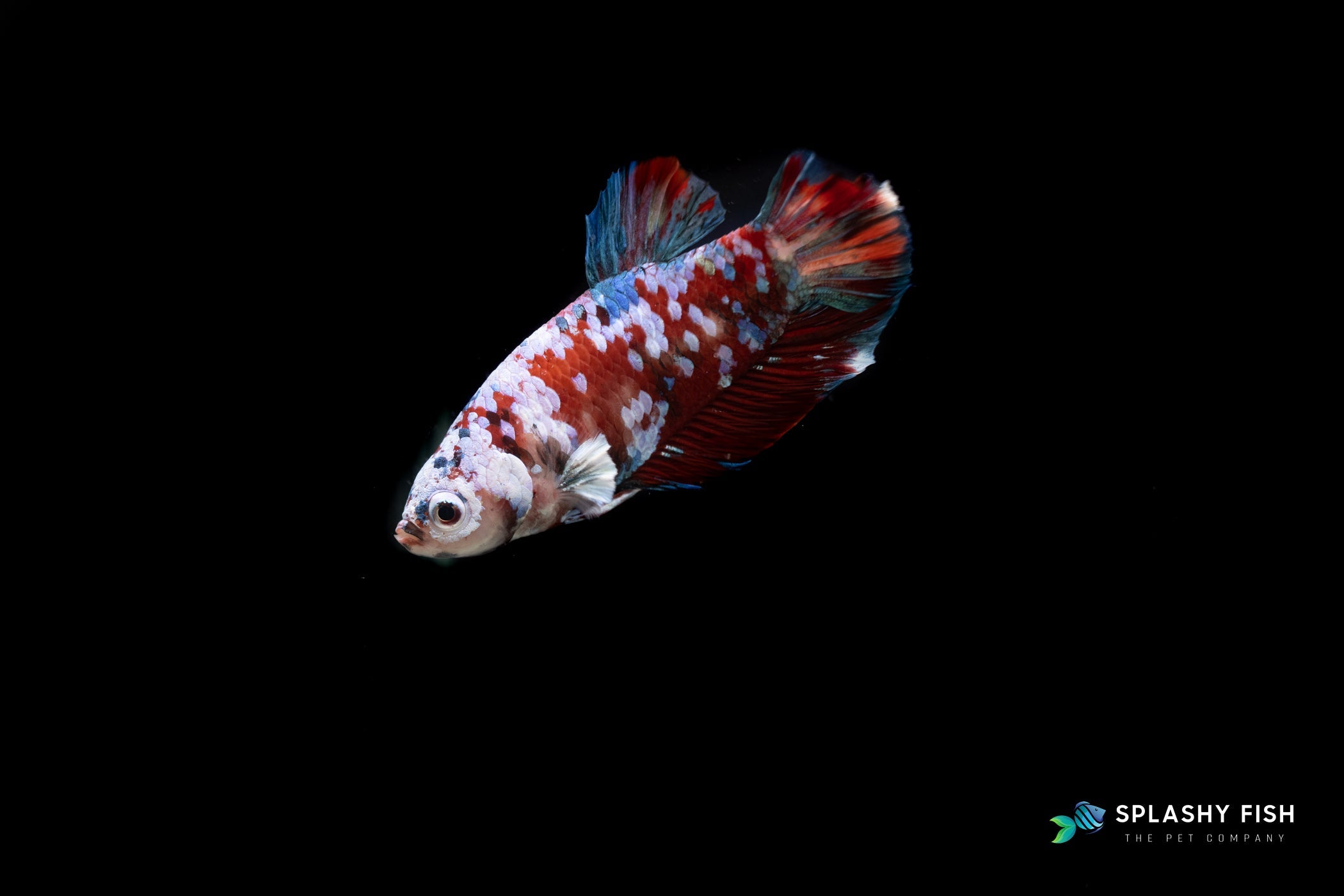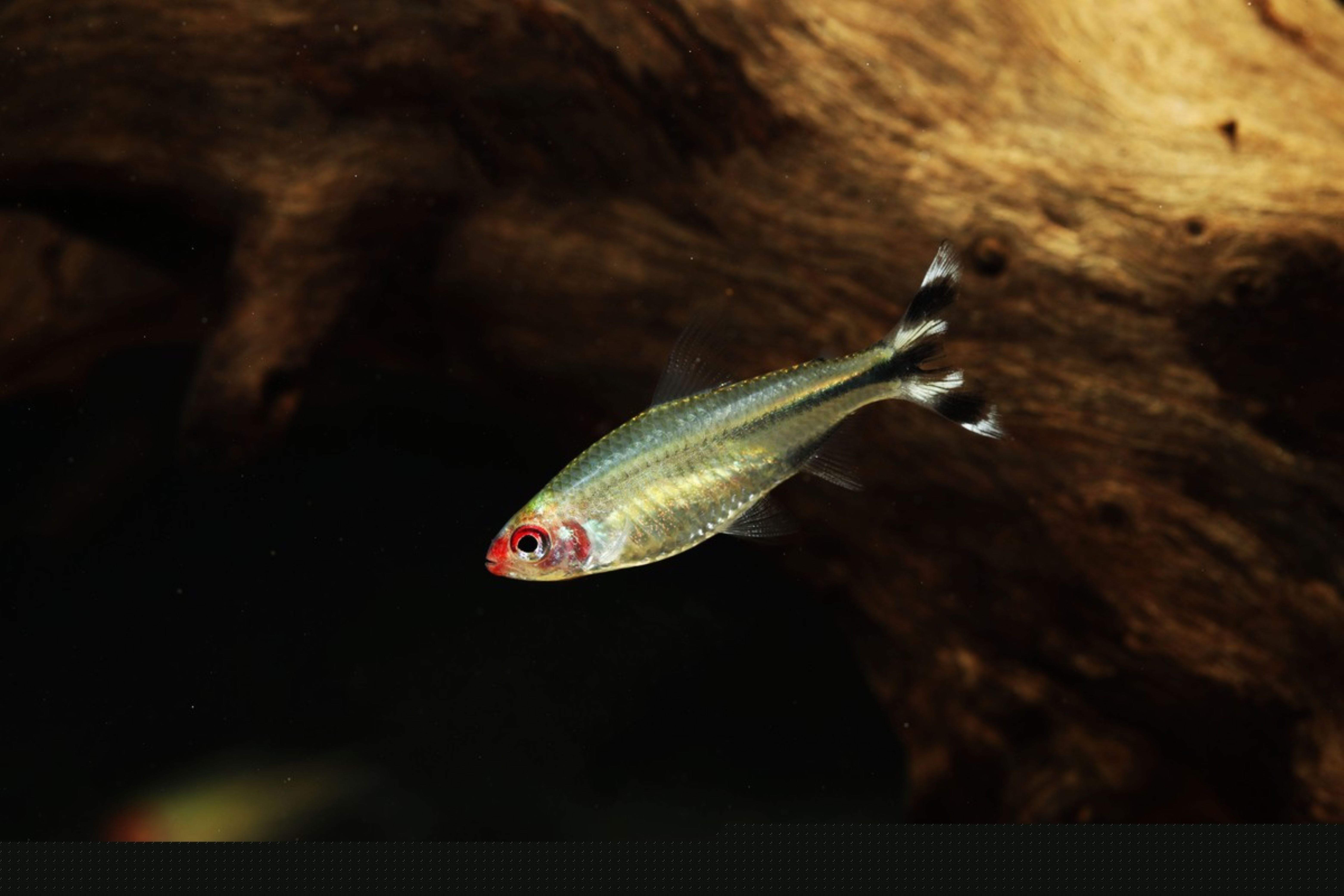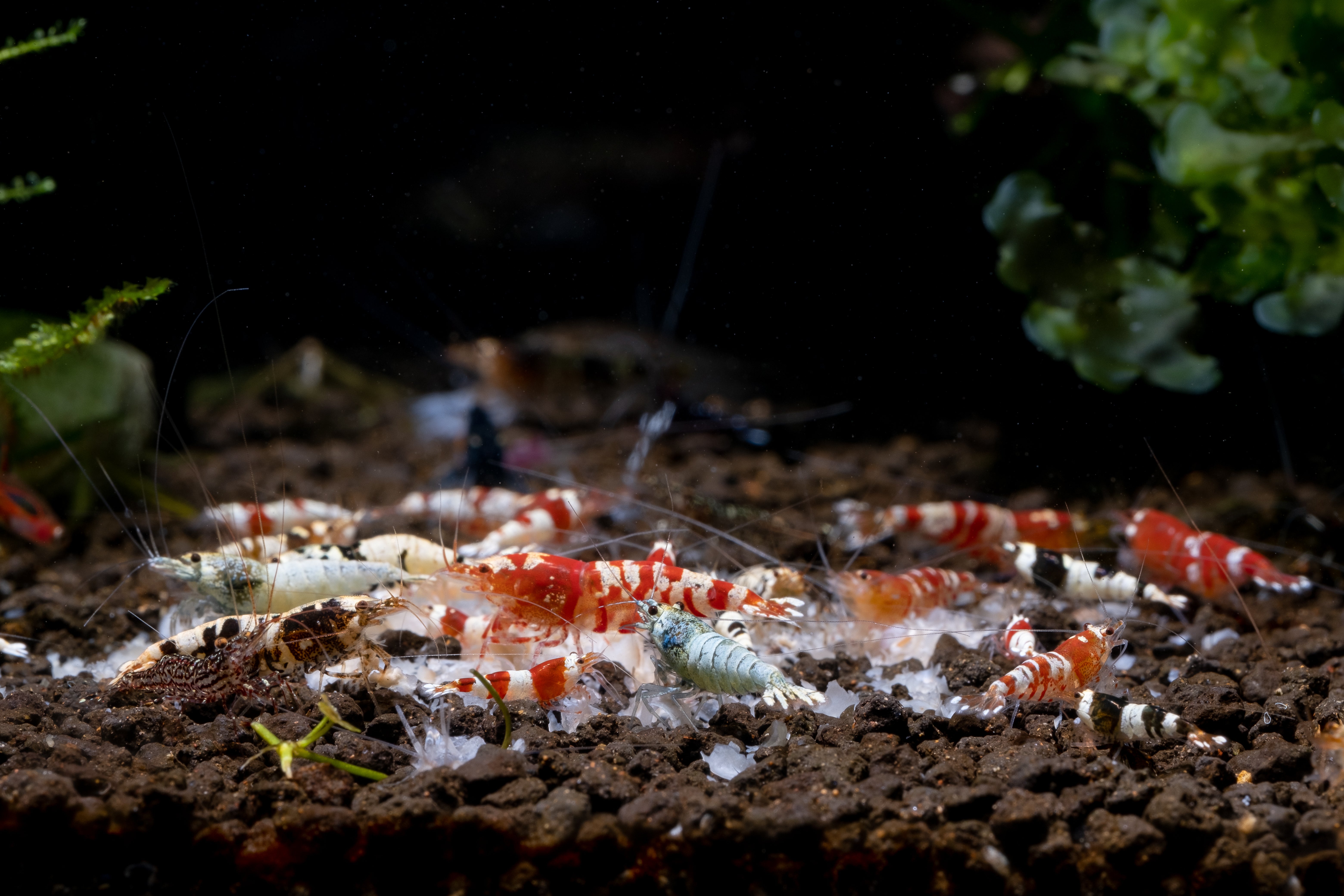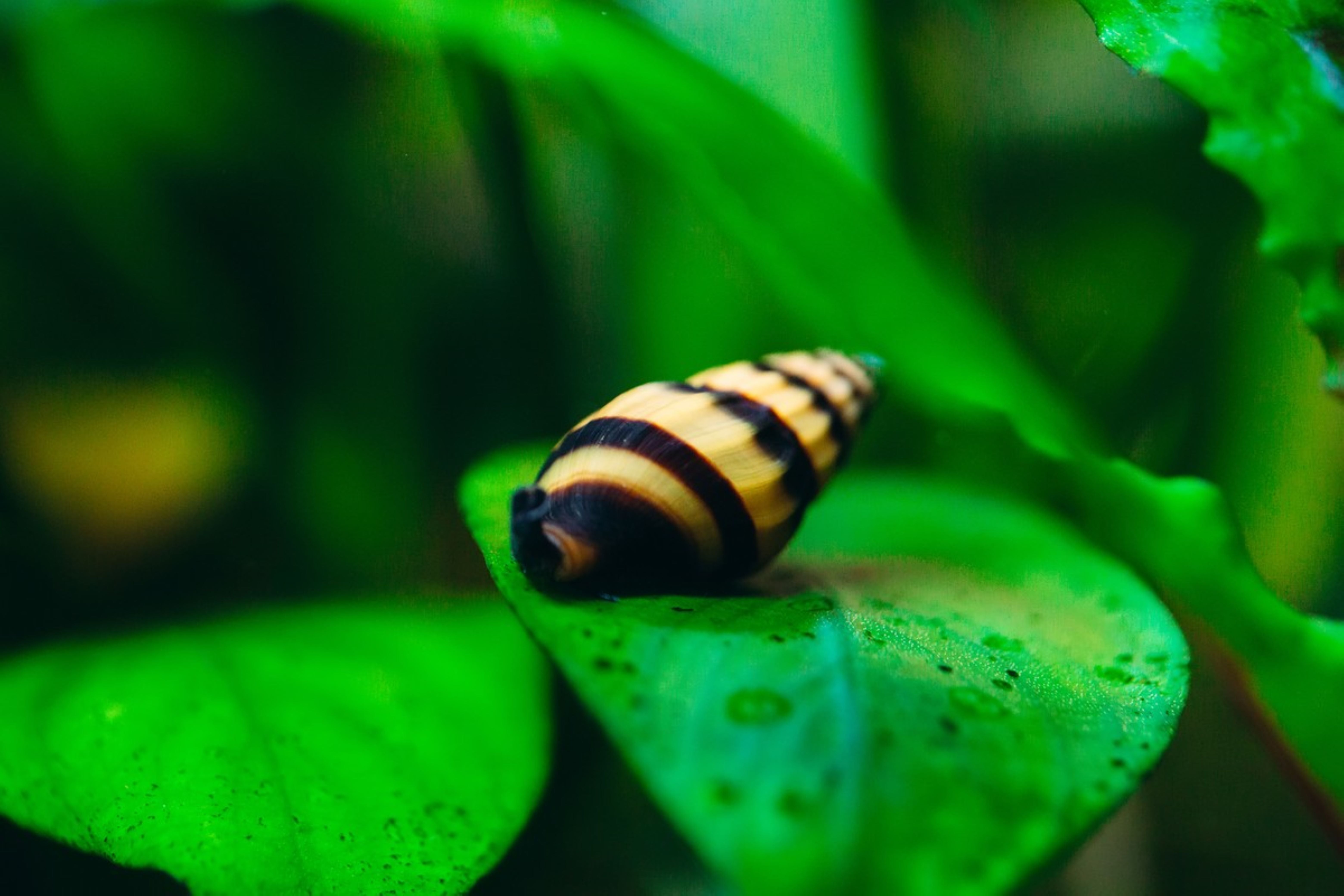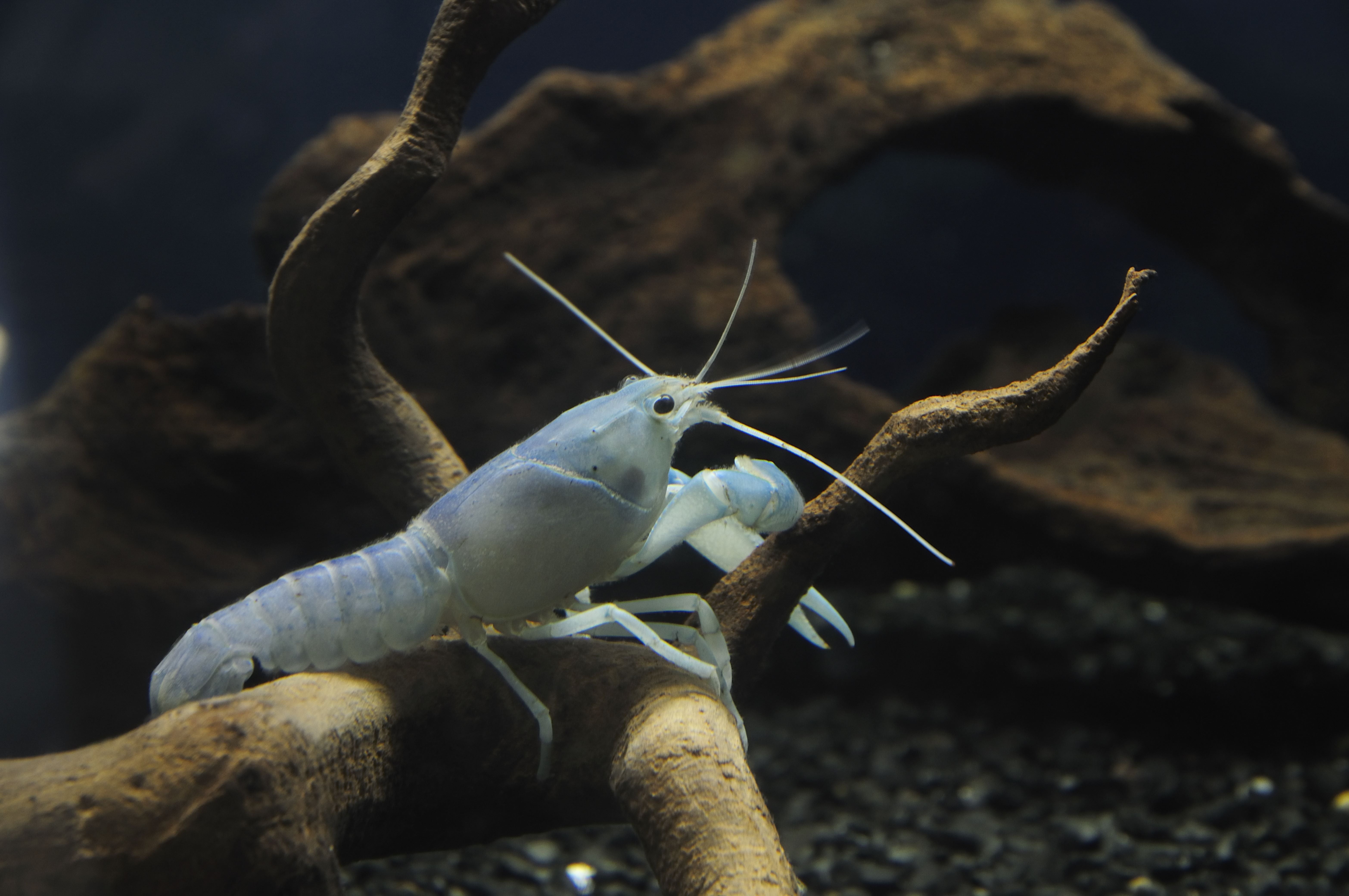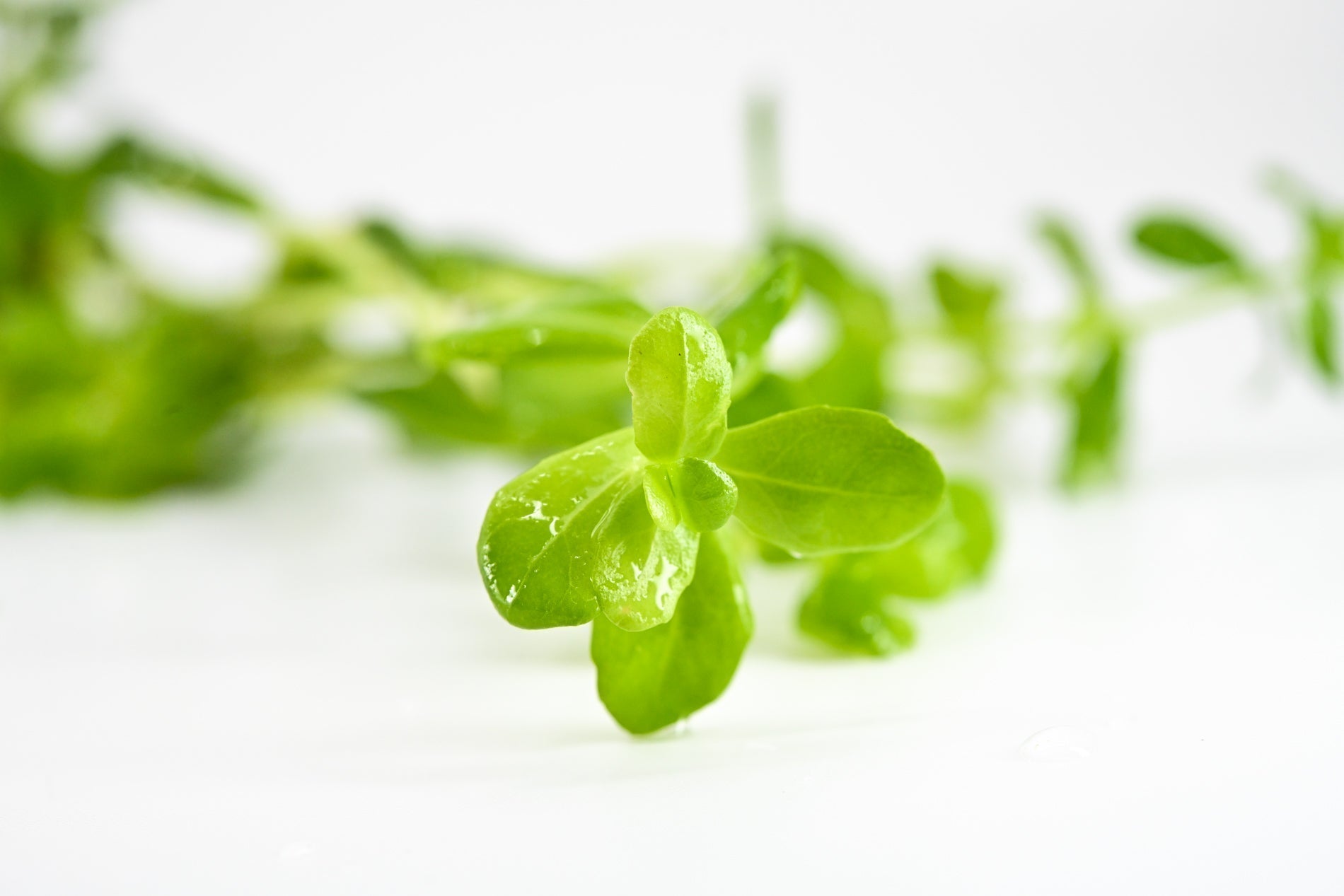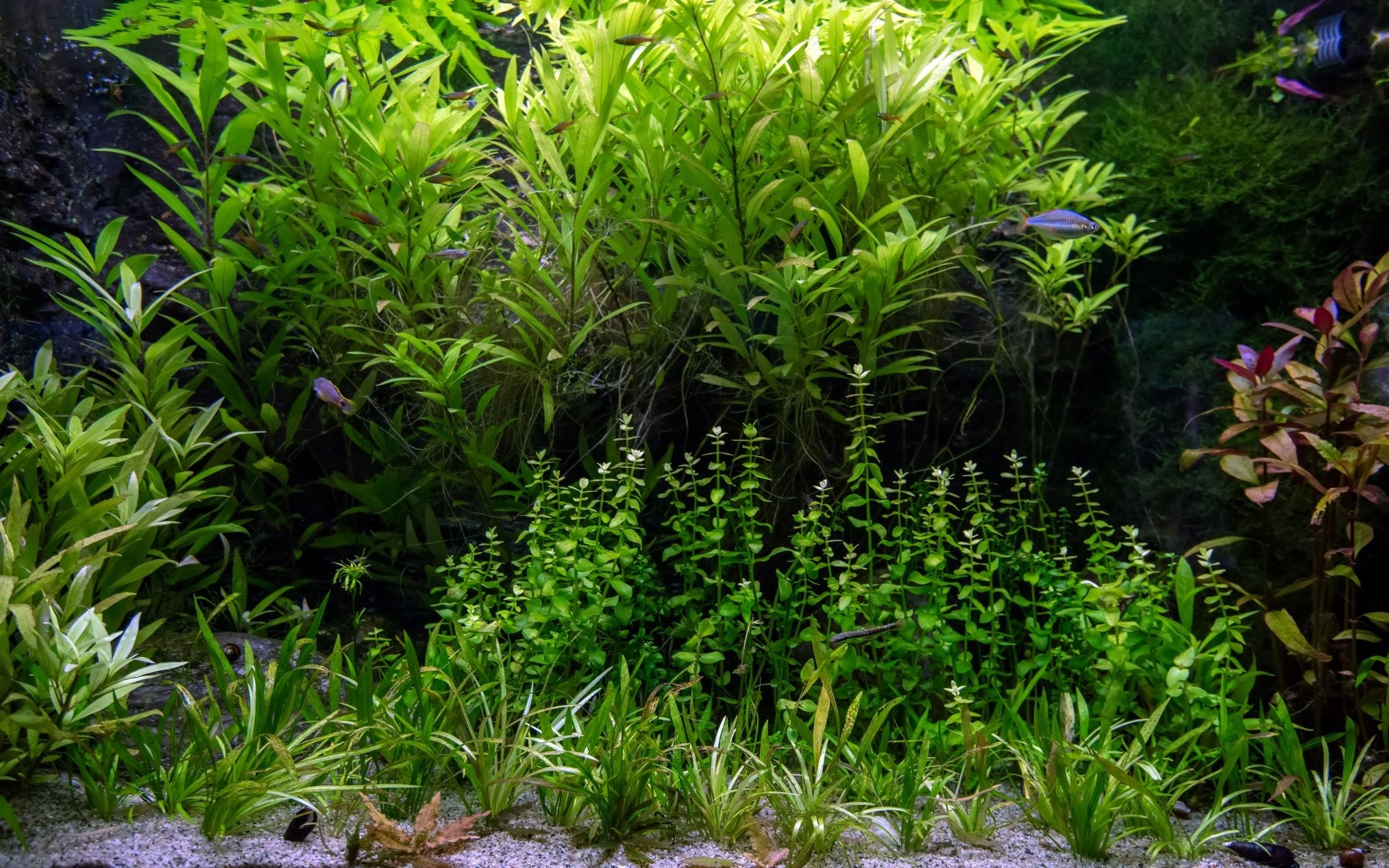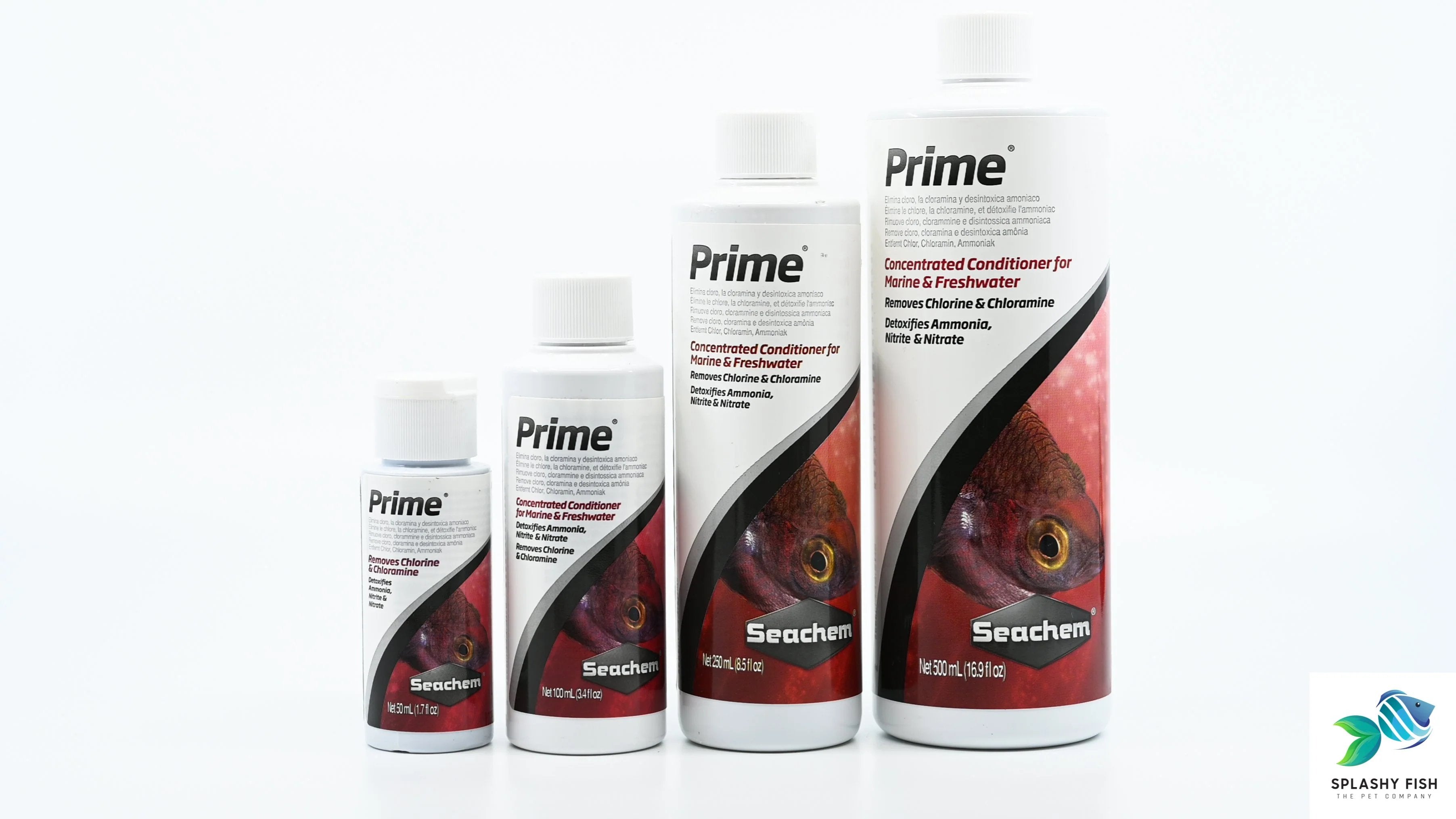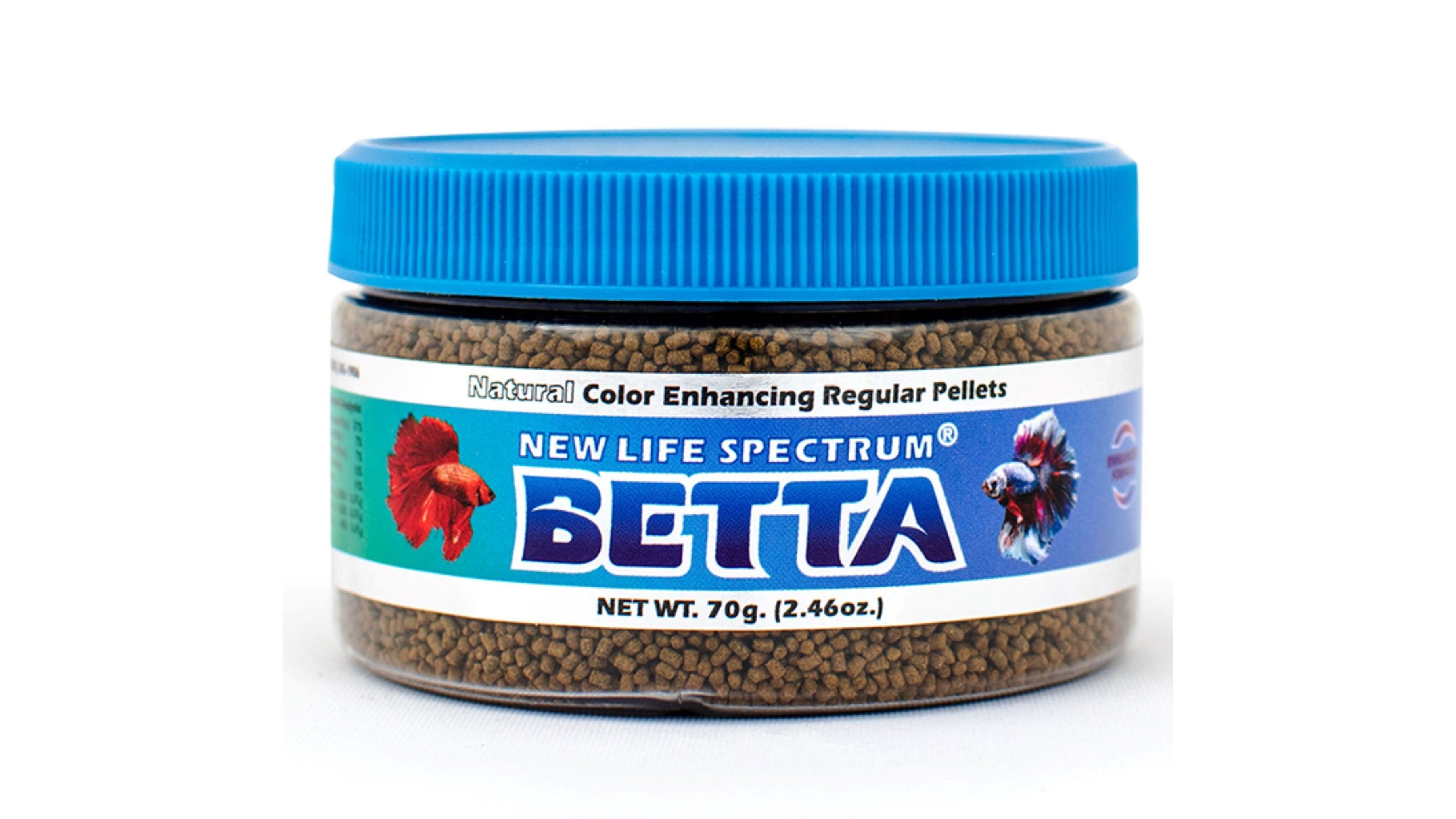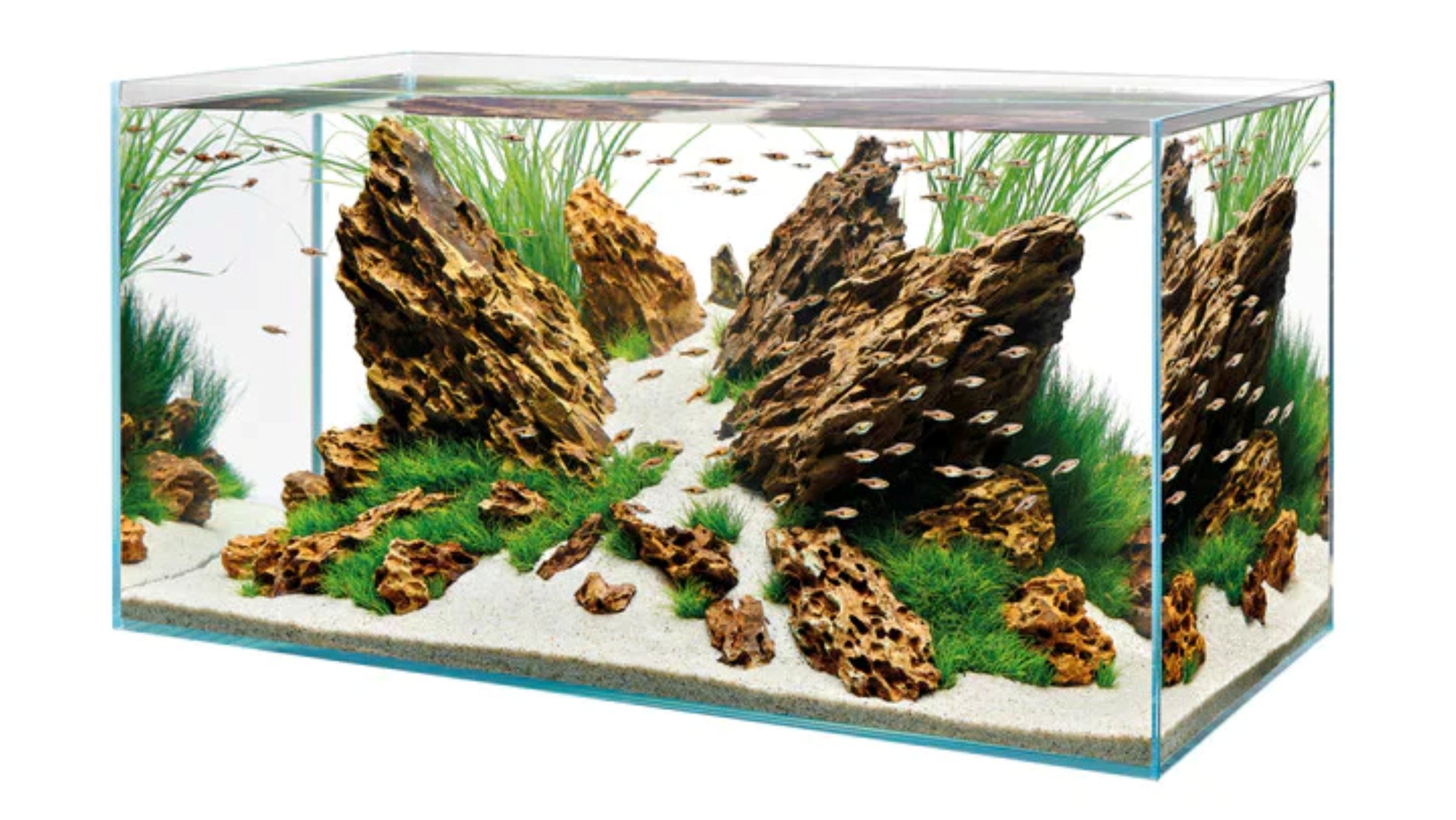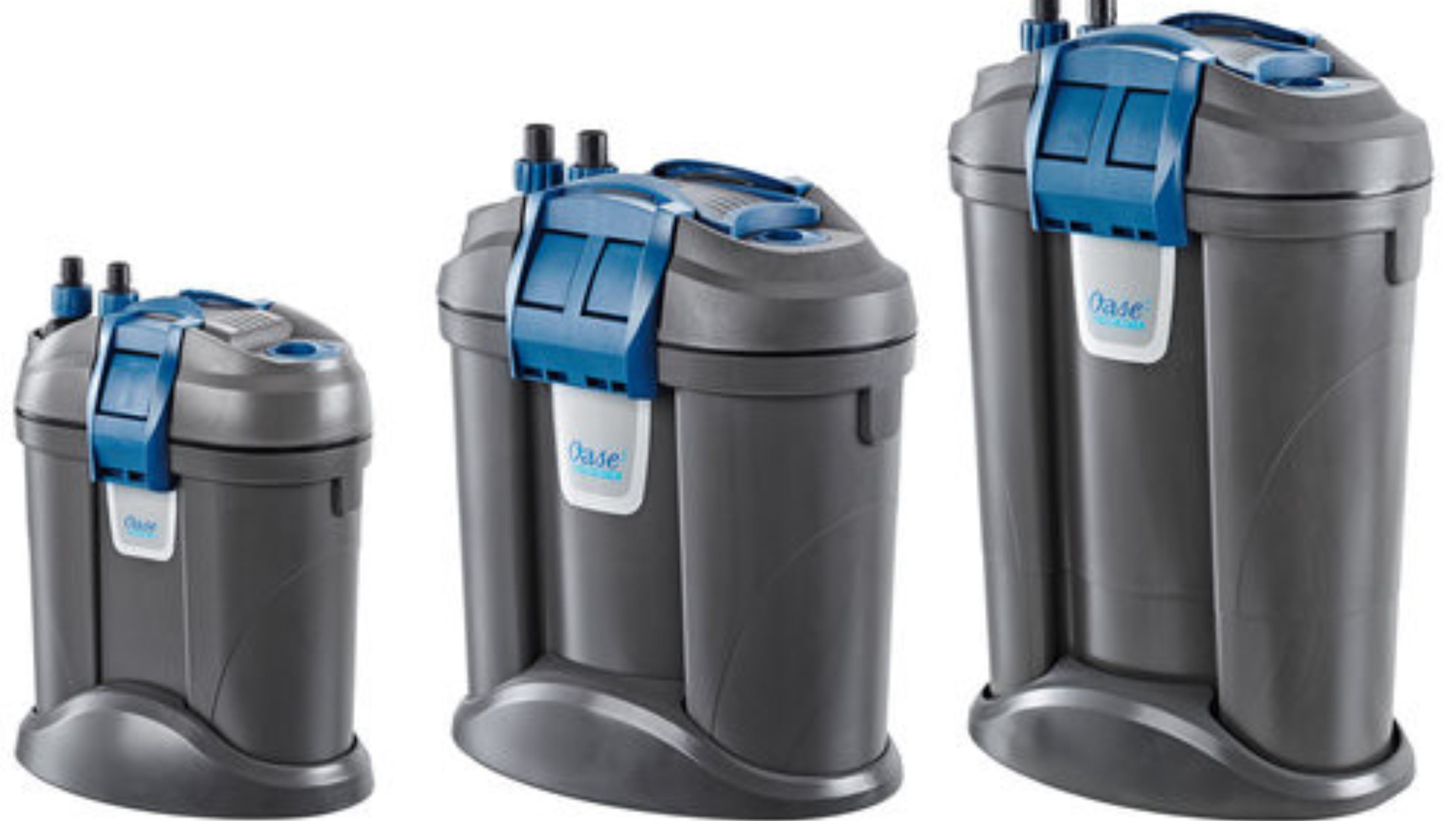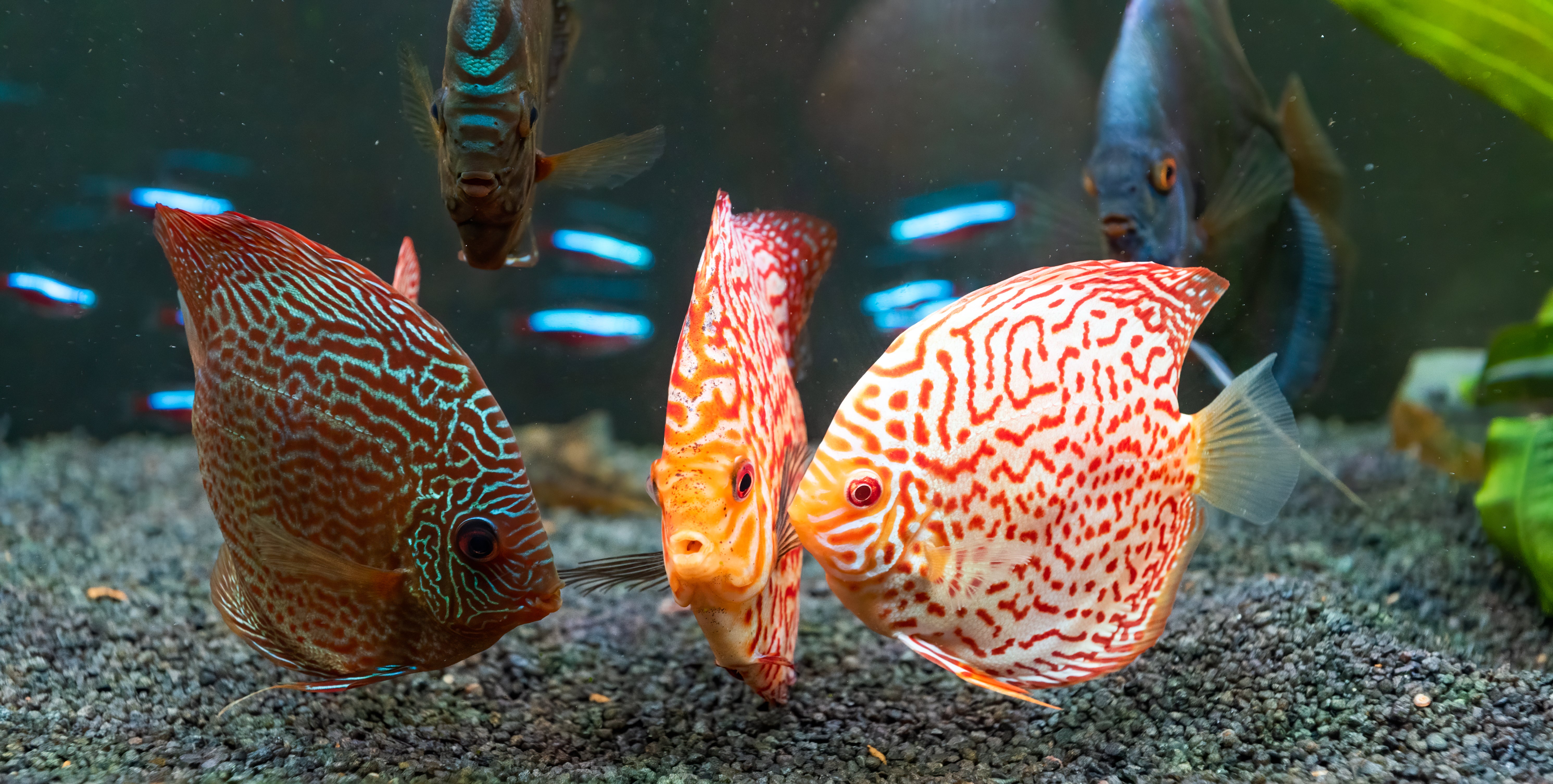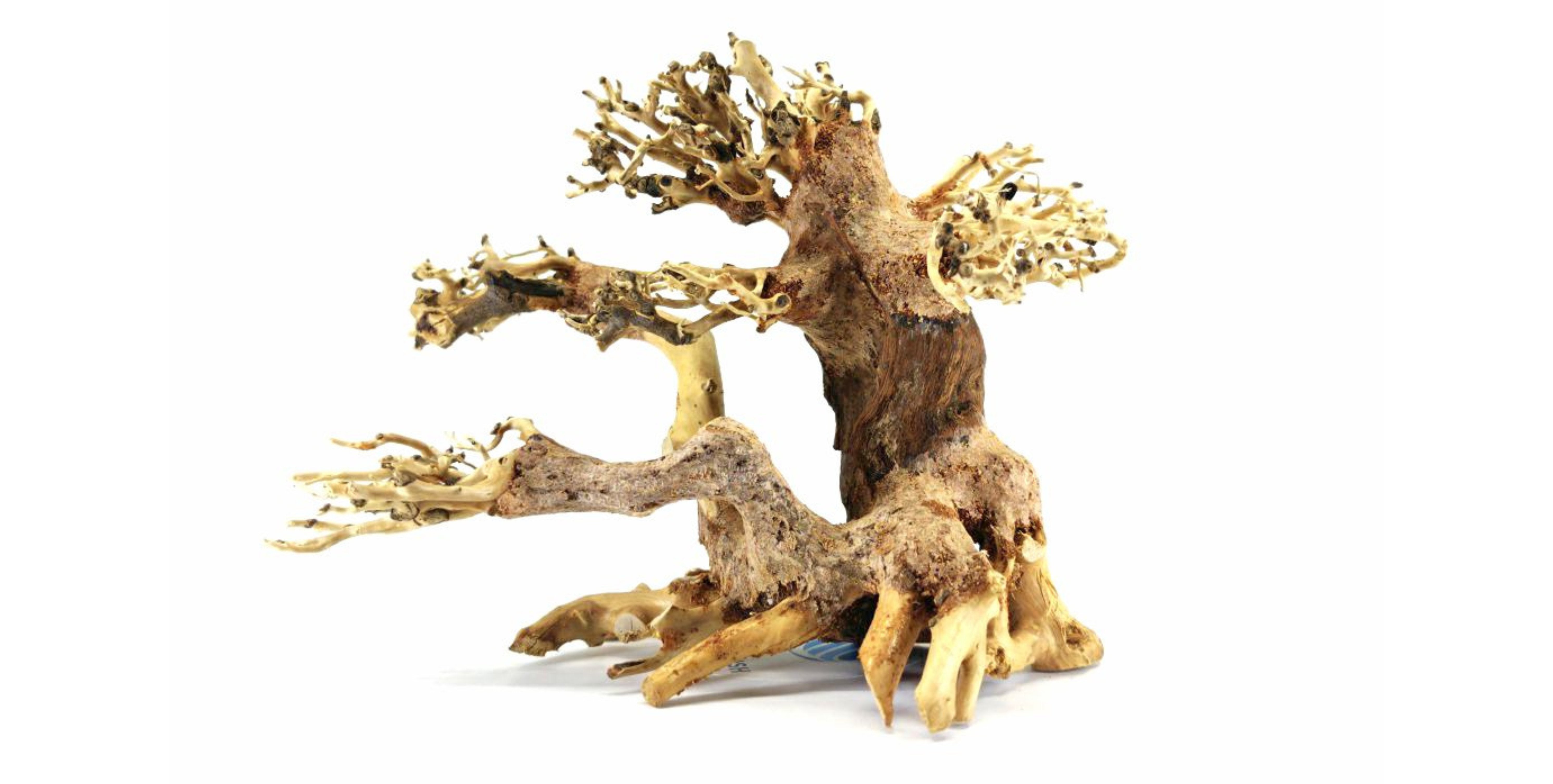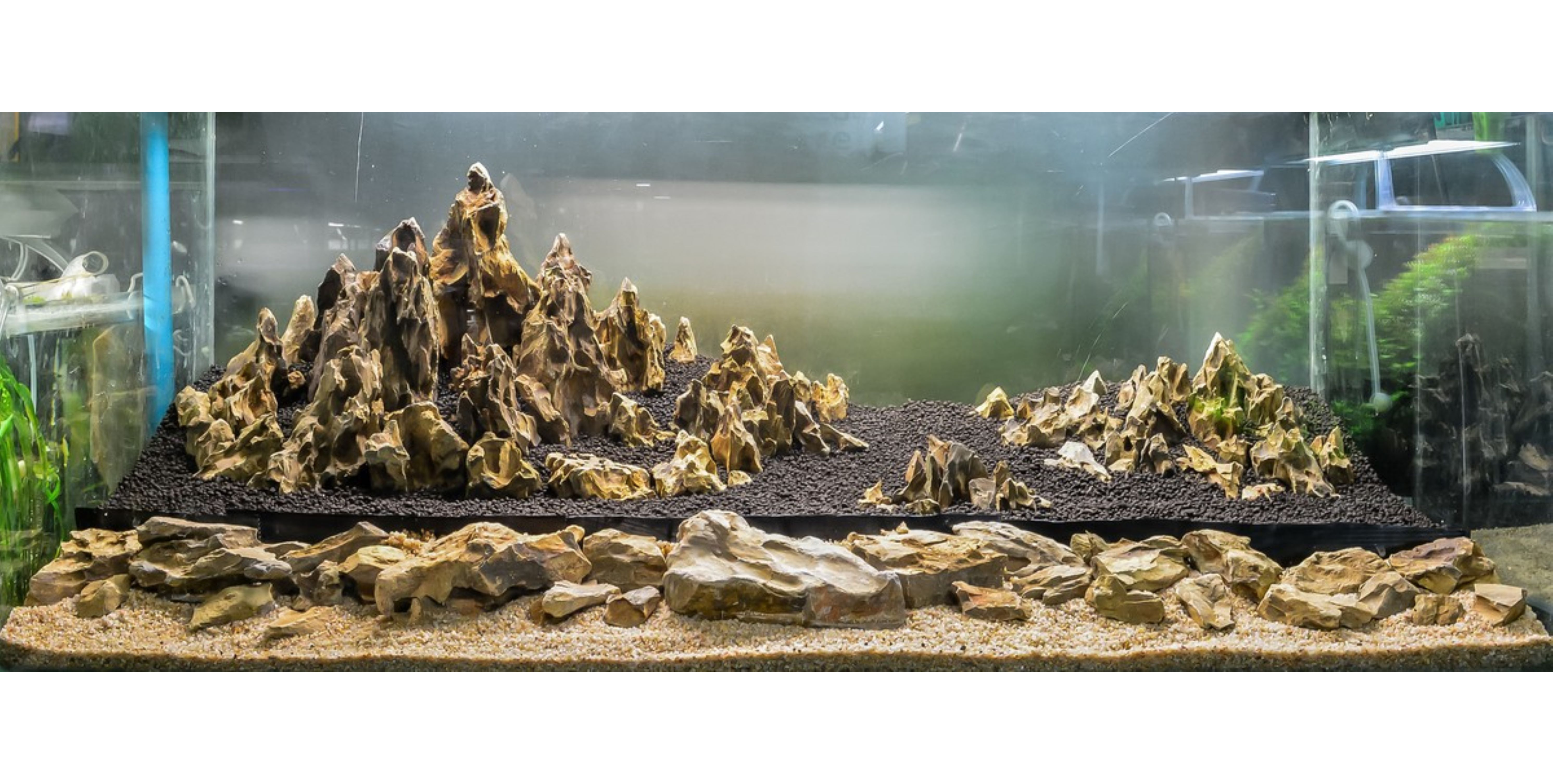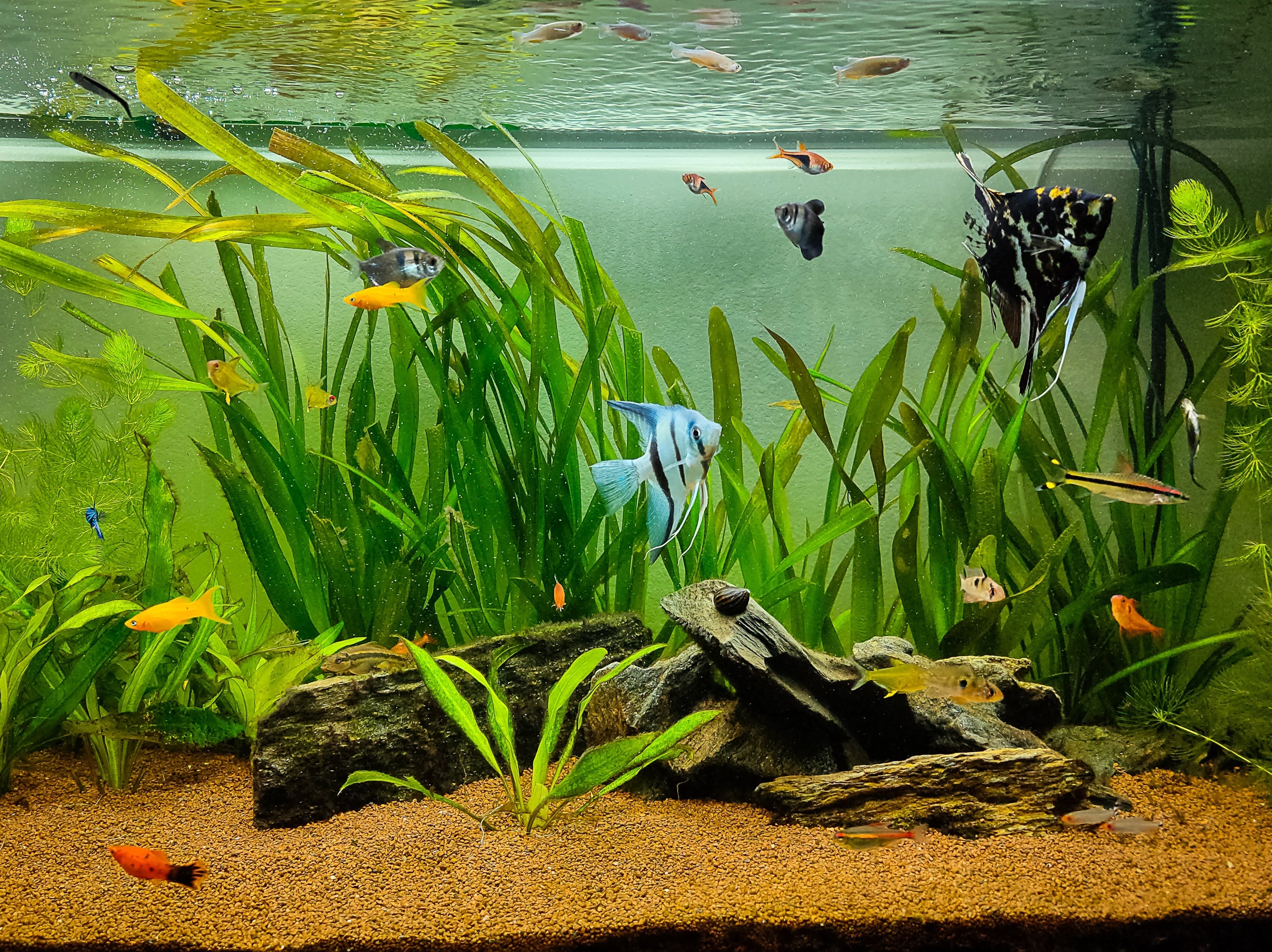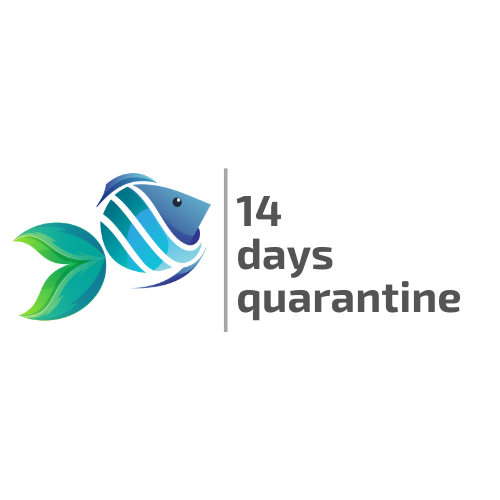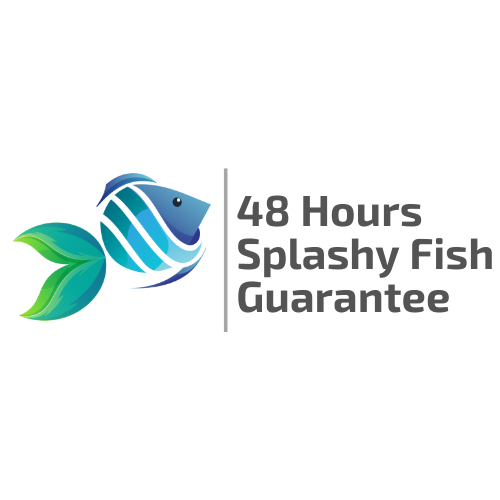Table of Contents
Looking to add a tiny fish with a big personality to your aquarium? Meet the Indian Dwarf Pea Puffer—also known as the freshwater pea puffer or Malabar pufferfish. These adorable, marble-eyed puffers are not only one of the smallest aquarium fish you can own, but they’re also full of curiosity and charm. Perfect for nano tanks and planted setups, pea puffers thrive when given proper care, the right tank mates, and a diet suited to their carnivorous nature.
In this complete care guide, we’ll walk you through everything you need to know about keeping Indian Dwarf Pea Puffers happy and healthy. From setting up the ideal pea puffer aquarium to choosing safe tank mates and understanding their natural behavior, this guide is packed with expert tips for both beginners and seasoned aquarists. Whether you're planning your first puffer tank or just want to level up your freshwater nano fish game—this blog has you covered.
Attractive Appearance and Origin of Pea Puffer
Indian Dwarf Pea Puffer (scientific name: Carinotetraodon travancoricus) is also known as pea puffer, Indian dwarf puffer, Malabar puffer, or pygmy puffer based on its size (only about an inch long). You can easily distinguish them by their unique appearance, yellow rounded body that quickly tapers towards the rear, dark green to black iridescent patches on the flanks and dorsal surface, huge eyes compared to the body size, and the caudal fin often folded, making them look like a fish without a tail.
Good to know: Their caudal fin sometimes folds inward, which may indicate a defensive gesture. This is mainly because your Puffers have not been familiar with the new environment yet. There is no need to worry about this case, the tail will uncurl when they become accustomed to their new ‘home’.
Although they are captive-bred nowadays, Indian Dwarf Pea Puffers originated from the southwest of India. There lie rivers and streams with slow-moving flows, warm temperatures, and leaf litter from the overhanging vegetation. Such conditions create an ideal habitat for copepods, small snails, crustaceans, insects, and larvae to flourish which then become the main diet of Pea Puffers. In the wild, the Indian Dwarf Pea Puffer used to live in huge shoals. However, due to habitat loss and overfishing for the aquarium trade, such species have decreased gradually. Hence, if you wish to keep Indian Dwarf Pea Puffer in your home aquarium, we encourage you to purchase a captive-bred one. It not only protects the quantity of Pea Puffer in the wild but also mitigates the risk of spreading diseases when introduced to the aquarium community.

Why Should Fish Keepers Need Pea Puffers?
The community fish keepers love this fish for many reasons. Dwarf Pea Puffer has tons of fascinating characteristics, such as intelligence, helicopter-like maneuverability, independently moving eyes, and the ability to inflate like a tiny water balloon (when being pursued by another fish). Their intelligence is shown in their begging behavior for food. Some reporters say this occasionally happens once Pea Puffer is acquainted with the owner. It is also wonderful to find out that your Pea Puffers can change their colors, mainly because of their mood. Their coloration may slightly vary from green to brown with dark spots. Besides, you may see that their yellowish or white underbelly may look smooth after they finish their meal, compared to their normal state. If it is lumpy, this may be a sign of parasites.
Indian Dwarf Pea Puffer Behavior
Indian Dwarf Pea Puffer can be kept single or in groups. Whichever option you favor, you should remember the following notes:
- Your Pea Puffer is not a peaceful species, whether towards other fish or its kind. Males tend to be more aggressive compared to females. Therefore, if you would like to keep them in a group, we suggest a ratio of one male for every two to three females. It works well in decreasing males’ aggression.
- To differentiate the male and female, you may look at their appearances when they grow up (as these fish choose their sex when they mature). Male coloration is brighter and deeper than that of females. In addition, males have dark stripes down the center of their pale belly and iridescent "eye wrinkle" patterns, which are not seen in females. However, on the other hand, females are more rounded and tend to be a bit larger than males.
- The problem when sexing them is that these signs won’t show up until Pea Puffers mature. In fact, they are generally sold as juveniles, which makes it even harder to identify the sex. If you want to keep a group of them, you have no choice but to purchase several Pea Puffers and wait for their maturity, then sort them out to have the correct ratio of one male for every two to three females.
- With many notices above, one may think it is better to keep Pea Puffer single. However, each way has its own benefits. Indian Dwarf Pea Puffer is a shoaling fish. As such, and per several scientific studies, it indicates that your Pea Puffers will be more confident, active, have a better feeding response, and live longer (up to 6 or 12 years old) if they are kept in groups. Moreover, as for Pea Puffer, which is kept single for a long period, it may not get along well if you return it to its community owing to its aggressive tendency.
Water Parameters for Pea Puffer
Indian Dwarf Pea Puffer is more of an intermediate-level fish, so we generally don’t recommend them to beginners. They tend to be aggressive and require a strict living condition. Imitating their natural habitat is a need, but not enough. Dwarf Pea Puffers are intolerant of poor water conditions, which makes aquarium maintenance no less important than setup. Generally, they will prefer the parameters below.
- Temperature: 72° - 82° F (22° - 28° C)
- Ammonia and Nitrite: 0 ppm
- Nitrate: Nitrate (NO3): below 15ppm (as close to zero as possible)
- GH: 5-25 dGH
- KH: 5 - 15 dKH
- pH: 6.0 - 7.0
- Water change: 50% every seven days
Pea Puffer enjoys slow-moving flows. Therefore, the flow in your aquarium should be slow to medium, not overpowering. They are also not strong swimmers hence, powerful currents are not suitable for them.
Pea Puffer Diet
It is not strange if Indian Dwarf Pea Puffers are also fussy about their food. As hard to please as they are, Pea Puffers are strictly carnivorous and prefer crustaceans (thus, you should not keep them with dwarf shrimp) and snails. They will happily clear any small snails (including the “nuisance” bladder snails that inhabit most planted tanks) in your aquarium. Please note that they often ignore dry foods; however, frozen bloodworms and other meaty frozen foods are acceptable to them. You should try to vary their diet by feeding them different foods in order to keep them taking in essential nutrients. We also recommended Omega One Freeze Dry Bloodworms or Omega One Freeze Dry Brine Shrimp
Indian Dwarf Pea Puffers are very slow eaters, so don’t feed them too much at a time. Instead, you can offer them once or twice a day with an amount that can be consumed in three minutes.
Recommended Tank Size for Pea Puffer Tank
For tank size, a medium fish tank is sufficient since they are small/ nano fish. As Pea Puffers prefer well-decorated tanks, you should also take the room for decoration into account. We recommend a tank of 10 gallons for a single specimen and 30 gallons or more for a small group. Or, if you want a precise calculation, you can count on the ratio of ‘5 gallons per Pea Puffer’, which is suggested by many experienced aquarists, to decide a proper size tank.
Fact: Their size helps them get the Guinness World Record for the smallest known species of pufferfish in the world.
Enhance Pea Puffer Tank with Live Plants and Decorations
Aquarium Plants
It is very important for your aquarium to have dense aquatic plants, especially when you keep Indian Dwarf Pea Puffers in groups. They are aggressive, so creating more distinct spaces by putting lots of live aquatic plants is highly recommended. In addition to reducing their aggression, it helps the species feel safe and more secure. Among others, Java Ferns are a great option as they provide bushy coverage. Amazon Swords and some stem plants are also used mostly as background plants, which help conceal aquarium equipment (like heaters and filters) from view. Indian Dwarf Pea Puffers love Mosses, so you can try to put some in your aquarium, such as Java Moss, Weeping Moss, or Marimo Moss Balls. Floating plants, such as Amazon Frogbit and Water Wisteria, are potential candidates as they resemble Pea Puffers’ natural habitat and provide additional hiding areas. For these plants to root easily, we suggest that you use coarse sand or small particle gravel as substrate. They will give more room for the root to extend.
Aquarium Decorations
Indian Dwarf Pea Puffers are active and inquisitive. They are often curious about the surroundings. So adding driftwood, caves, and rockwork to give them ample spaces to explore is recommended. Besides, this also makes your aquascape lively. Pea Puffers do not have any special requirements when speaking of light. Hence, normal levels of lighting are fine with them.
Tank Mates and Compatibility of Pea Puffers
Despite its aggressive disposition, Pea Puffer can make friends with other freshwater fish as long as they are faster-moving, peaceful, short-finned species that are able to thrive in the same water parameters and not compete with the Pea Puffers for food. This makes tetras, rasboras, barbs, danios, and rainbowfish great options to take into consideration.
There are some you should avoid keeping with Indian Dwarf Pea Puffer, including guppies, angelfish, gourami, and betta. Furthermore, your Pea Puffers should not be housed with any bottom-dwelling fish, such as Corydoras, who may encroach on the Puffers' hiding spaces within the scape.
Visit here to discover the Top 7 Best Tank Mates for Pea Puffers.
Common Diseases of Pea Puffers
Your Indian Dwarf Pea Puffers are prone to bacterial or fungal infections and ICH. This is mainly due to their aggressive personality and sudden drop in temperature, respectively. Since Pea Puffers often pursue other species, it is only a matter of time before they get injured. Their open wounds are the ideal places for bacteria or fungi to live. Thus, you should avoid it by preparing a well-living environment for them at the beginning. If this situation indeed happens, immediately separate the injured one from the existing community and put it in a different tank. Then, cure them with antibacterial and antifungal treatment.
As for ICH, apart from medical treatment, you must check your aquarium conditions concurrently. If the temperature drops, adjust it to the recommended level. Moreover, cleaning gravel and removing the leftover food should be performed weekly since your fish don’t have a “proper eating etiquette” (they are actually messy eaters).
Conclusion
We think it is fun to keep Indian Dwarf Pea Puffers. They challenge you, but surprise you as well. Indian Dwarf Pea Puffers may be tiny, but they bring a huge personality and vibrant energy to any freshwater setup. With the right care, including a well-planted tank, a protein-rich diet, and thoughtful tank mate selection, these fascinating nano fish can thrive and showcase their curious, intelligent behavior.
Whether you're a beginner looking to explore unique species or an experienced aquarist seeking a standout fish for your nano aquarium, the pea puffer is a rewarding choice. Keep this care guide bookmarked as your go-to resource, and your freshwater pea puffers will reward you with endless entertainment and healthy, active lives.
Interested in buying them? Visit Splashy Fish to get them online now or at our aquarium store in Virginia for more freshwater fish for sale, freshwater shrimp for sale, aquarium plants for sale, and aquarium supplies.
Pea Puffer Frequently Asked Questions (FAQs)
How long do Pea Puffers live in aquarium tank?
Pea Puffers typically live 4 to 5 years in a well-maintained aquarium. To ensure a long lifespan, provide them with a stable freshwater environment, clean water, a protein-rich diet, and plenty of plants or hiding spaces. With proper care, Indian Dwarf Pea Puffers can thrive and stay active for several years.
What are the smallest and largest sizes of Pea Puffers?
Indian Dwarf Pea Puffers are among the smallest freshwater puffer fish, reaching an adult size of only 0.75 to 1.5 inches. Most pea puffers stay under 1 inch, especially in community or nano tanks. Despite their small size, they require ample space and territory due to their territorial behavior.
How do Pea Puffers puff up?
Pea Puffers puff up by rapidly ingesting water (or air when out of water) to inflate their bodies as a natural defense mechanism. While it's rare in captivity, they may puff up when extremely stressed or threatened. It's important to avoid intentionally provoking this behavior, as frequent puffing can cause stress or harm to the fish.



